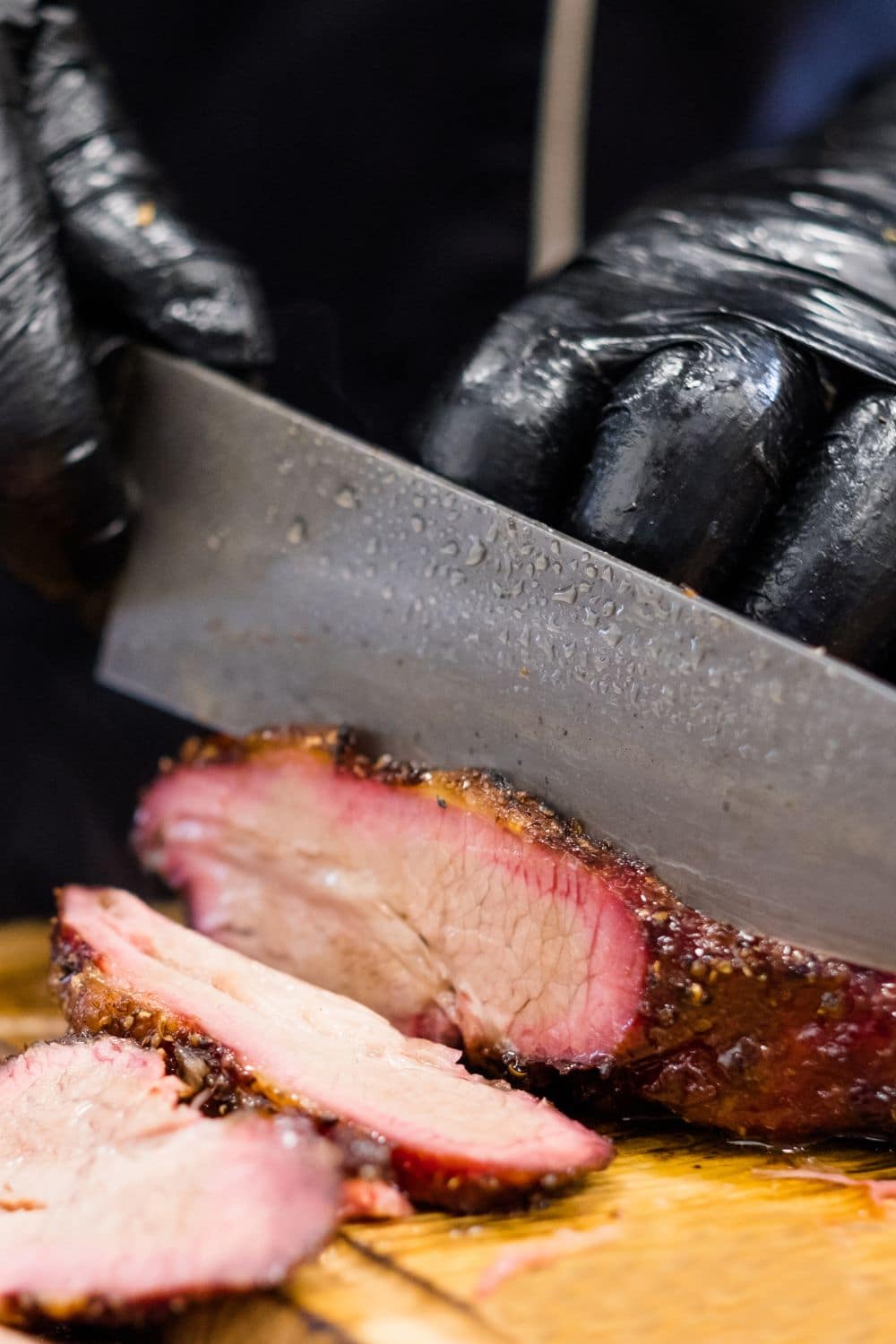Do you love BBQ? Then check out some great tips to help you figure out the Science of Smoking: How Different Woods Affect the Flavor of Your BBQ
The Science of Smoking: How Different Woods Affect the Flavor of Your BBQ
Barbecuing is more than just cooking meat over an open flame. Smoking is a popular technique used to add flavor and complexity to meats and other foods. The type of wood used in smoking plays a critical role in determining the taste and aroma of your BBQ. Each wood species produces its unique combination of compounds that create a distinct flavor profile.
The Science
Smoking meat is a time-honored tradition that has been used to preserve food for centuries. The science behind smoking meat involves the process of combustion, which produces smoke that imparts flavor and helps preserve the meat. The team over at Meadow Creek BBQ stresses the importance of the type of wood used when using a bbq smoker because it has a significant impact on the flavor and aroma of the meat, as different woods produce different levels of smoke and impart different flavors. A chemical reaction also occurs with the meat, breaking down the proteins and fats and adding complexity to the flavor. Additionally, the temperature and humidity of the smoker play a crucial role in the smoking process, as they affect the time it takes for the meat to smoke and the texture and tenderness of the final product.
Types Of Wood
Hickory
Hickory wood is one of the most popular woods used in smoking due to its robust, smoky flavor. Its strong, distinct flavor profile pairs particularly well with pork, beef, and chicken. The smoke from hickory wood can add a bacon-like flavor to meats and create a rich, savory taste. However, it’s important to use hickory wood in moderation, as its flavor can be overpowering if used excessively.
Mesquite
Mesquite wood is a powerful and assertive wood that can produce a bold, earthy flavor in smoked meats. Its intense flavor profile pairs particularly well with beef, especially brisket, due to its ability to cut through the richness of the meat. Mesquite wood can also add a distinctive southwestern flavor to meats, making it a popular choice for those looking to add a unique twist to their BBQ.
Oak
Oak wood is a popular choice for smoking meats because of its mild, yet distinctive flavor profile. It imparts a subtle, smoky flavor that complements all types of meat, including pork, beef, and poultry. The smoke from oak wood can add a pleasant sweetness to meats and create a well-balanced taste. Oak wood is a versatile option for those looking for a more subdued smoke flavor in their BBQ.
Applewood
Applewood produces a sweet, fruity flavor profile. Its delicate smoke imparts a subtle and pleasant aroma to meats, especially pork, and poultry. The smoke from applewood can add a mild sweetness to meats and create a subtle, yet delicious taste.
Cherry
Meats smoked using cherry wood will have a mild, sweet flavor profile. Its delicate smoke imparts a subtle and pleasant aroma to meats, particularly pork, and poultry. The smoke from cherry wood can add a hint of fruitiness to meats and create a well-rounded, enjoyable taste.
How To Smoke Meat On A BBQ
- Choose your meat: Choose a cut of meat from the Halal collection if required that is suitable for smoking, such as pork shoulder, brisket, or ribs. Make sure the meat is at room temperature before you begin.
- Prepare the meat: Trim any excess fat from the meat, and season it with your preferred rub or marinade. Let the meat sit for at least an hour to absorb the flavors.
- Prepare your BBQ: If you have a charcoal grill, light the charcoal and let it burn until it turns white.
- Add wood chips: Add your preferred wood chips to the fire or to a smoker box on the grill. Soak the wood chips in water for at least 30 minutes before using them.
- Place the meat on the grill: Place the meat on the grill grates, away from the direct heat source. Close the lid of the grill to maintain a consistent temperature.
- Monitor the temperature: Different types of meat will have different target temperatures, but in general, you want the internal temperature to reach around 200°F (93°C) for pulled pork or brisket.
- Add more wood chips: Add more wood chips as needed to maintain a consistent level of smoke.
- Let it rest: Once the meat reaches the target temperature, remove it from the grill and let it rest for at least 15 minutes before slicing or shredding.
In conclusion, the art of smoking meat has been practiced for centuries, and its popularity continues to grow today. The flavor and aroma of smoked meat come from the wood used in the smoking process, as different woods produce different levels of smoke and impart unique flavors. Some of the most popular woods include hickory, mesquite, oak, applewood, and cherry.


Leave A Reply!